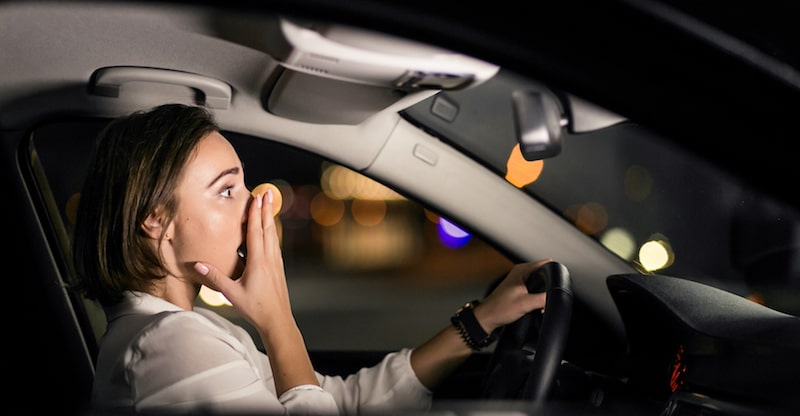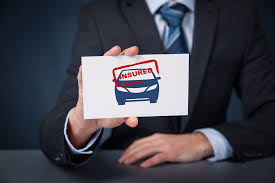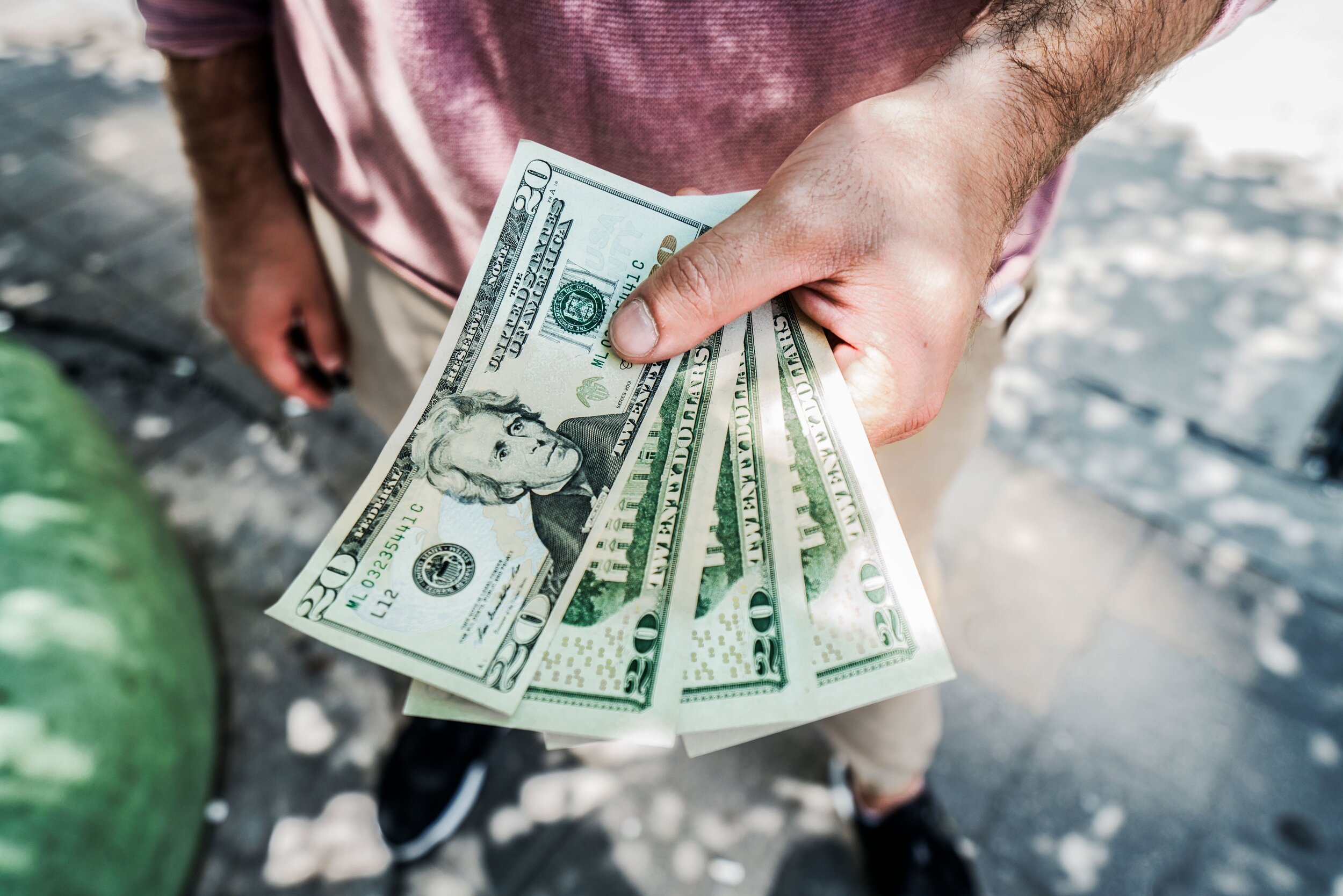One of the insurance terms that can be confusing is PLPD. This abbreviation is used very often by car owners, sometimes without even knowing what it really is. Still a good understanding of this coverage will save you money when you purchase insurance policy, and it will also help you to act smart in an accident.
What is PLPD insurance?
This word itself is short for Personal Liability and Property Damage. This policy pays for damage you cause to others (both bodily injury and property damage). Each part of this term is important.
PL (Personal Liability) insurance
It is also sometimes referred to as bodily injury insurance. If you are found to be at fault in an accident, personal liability covers another party’s injuries, his suffering, and pain. Typically it is written as a fraction: maximum amount that can be paid per person/maximum per accident.
Let’s see how Personal Liability works in this example:
Anna’s personal liability limits are 120,000/360,000. Anna is talking over the phone while driving, and she does not notice the light turned red. No wonder she rear ends another car with three passengers, each of whom get minor injuries.
Each person from that car files a claim to Anna’s insurance provider for pain and suffering ($25,000). Each passenger gets what he wants as far as it was Anna who caused this accident and the amount of money pursued is less than 120,000 per person and less than 360,000 per accident (actually it is $25,000 per person and $75,000 per accident).
And yet if the amount pursued were more than 120,000 per person and 360,000 per accident, not all the passengers would get a settlement. In this case the rule is: “first come first serve”: passenger who files a claim first, has a privilege.
Key issues:
- Personal Liability covers another party;
- it works if you are the cause of an accident;
- standard limits are 100,000/300,000, however minimum limits vary from state to state, so it is a good idea to discuss it with your insurance agent;
- if you want higher limits, use an umbrella policy.
PD = Property Damage insurance
This type of coverage refers to damage you cause to someone else’s car or other personal property. Things like street signs or mailboxes also fall into this category.
This looks quite simple, doesn’t it? Still there are certain important points that vary by state. Actually definitions, requirements, conditions can be a little different so a talk to your insurance representative can give you better understanding of what coverage you are buying.
Property damage is an essential part of all car insurance policies. Property damage limit is usually written along with personal liability – it’s the last number: 100,000/300,000/100,000.
You can purchase basic PLPD coverage, meaning that your insurance only meets bare minimum state requirements. Typically such policies do not include collision and comprehensive coverage.
Let’s see in what way Property Damage insurance works in this example:
There’s a patch of ice on the road, and Anna’s vehicle slides into a parked car. The owner of this car files a claim to Anna’s insurance company, and the repair is covered (with no deductible).
Key issues:
- Property Damage insurance policy pays for another person’s property damaged by your car;
- standard limit is $100,000, however minimum limits vary by state;
- in some states there can be additional coverage.
What PLPD insurance is NOT?
Industry jargon and complicated terms can give you a headache if you really decide to read through your insurance policy. However it’s important to understand the following difference: PLPD insurance is sometimes confused with Public Liability and Property Damage (PLDL). The latter is bought by companies offering public services.
Tips for saving money
Looking for ways to save money on your PLPD auto insurance? Of course there is an easy and really tempting way: just to carry the minimum amounts of coverage. In the long run, however, this may turn out to be not that wise. On the contrary, some auto accident attorneys recommend choosing higher minimums. For instance, even if the state minimum amount for Liability Coverage is $20,000 per person and $40,000 per accident, and the minimum amount of Property Damage coverage is $10,000, attorneys recommend carrying $250,000 per person, $500,000 per accident, and $100,000 for property damage. In this case you pay only a few dollars more, but get much better coverage. And if you choose bare minimum, you could be personally responsible for paying large sums of money in case of a major accident.
Some more saving tips:
– asking if you can have any discounts;
– shopping around: the way your driving record etc. is weighted varies from company to company, so your rates can be extremely different;
– paying for your PLPD insurance in full, up front (in many companies you have to pay less if you do it up front);
– buying another policy from the same company;
– driving carefully and thus keeping your driving record clean.




Related Posts: